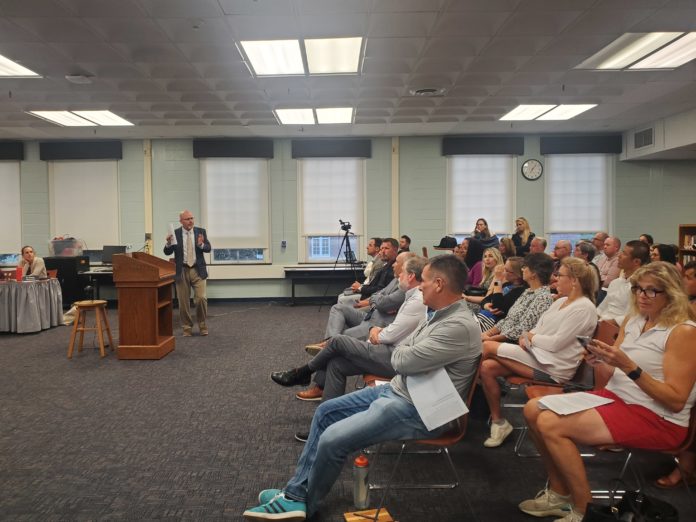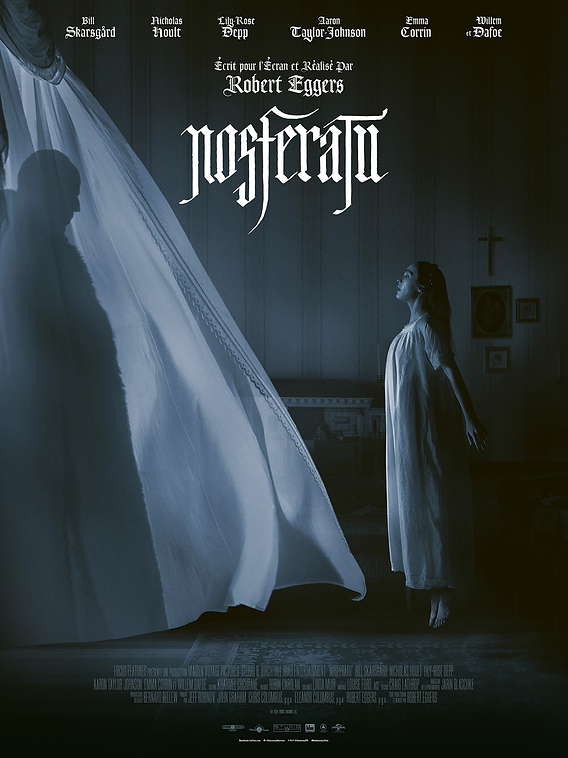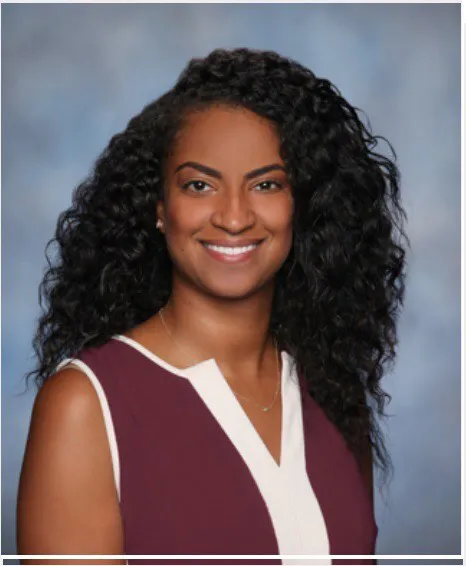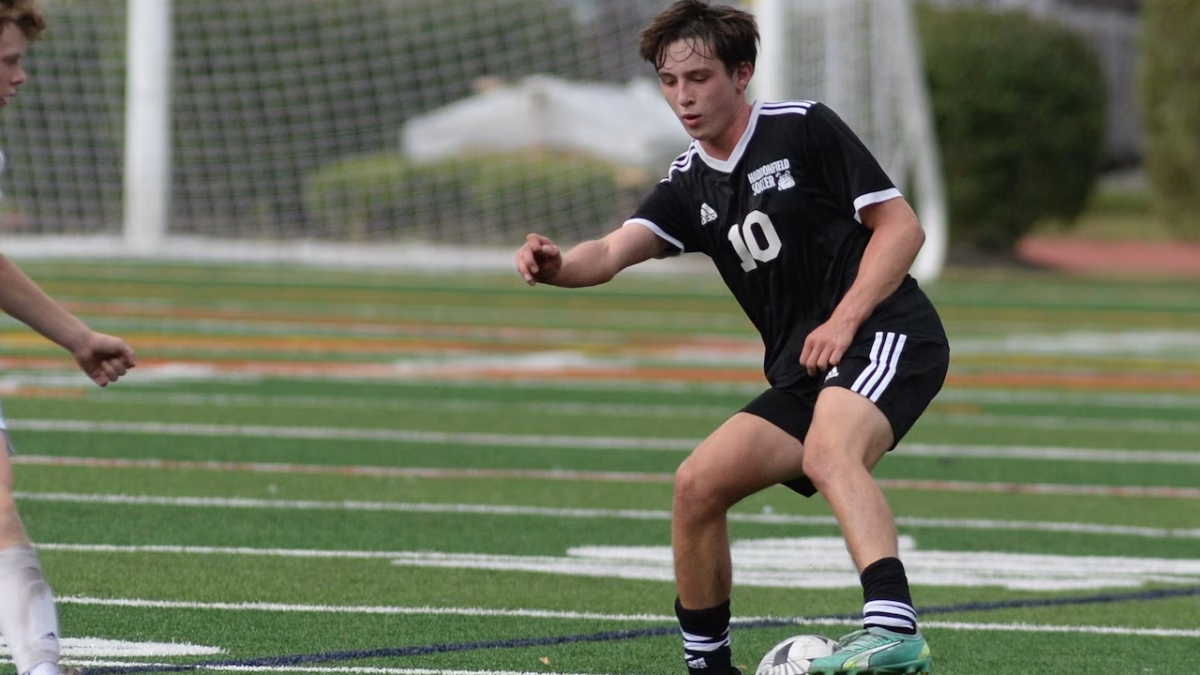Holocaust Survivor Shares Lessons That Resonate
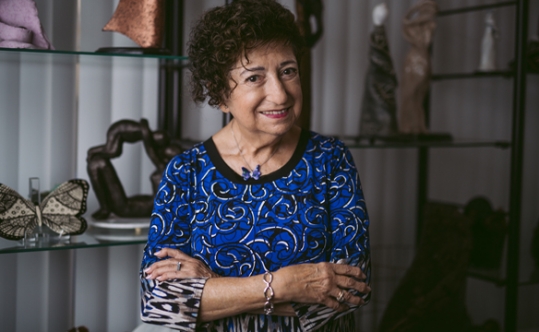
Photo courtesy of gabriellakarin.com
Artist and Holocaust Educator Gabriella Karin
March 29, 2021
Two weeks ago, I was given the opportunity to listen to a presentation by sculptor and holocaust survivor Gabriella Karin. Along with the rest of my Art Major class and other classes and teachers from around the school, I listened as she recounted her story.
She spoke about attending a Christian boarding school and pretending to be Christian while still attempting to hold on to her Jewish faith and heritage, about the constant terror of getting close to anyone for fear of betraying her secret and putting herself and her family in danger. She spoke about the nuns at the boarding school who helped protect her and about the endless courage and strength her mother portrayed throughout the war. She spoke about fleeing from her home in Bratislava at just 14 years old when the Nazis invaded Czechoslovakia and hiding for months across the street from the Gestapo in a neighbor’s home. She spoke about spending those nine months in tight quarters with her family, forced to stay absolutely still and silent every day, and about the way she’d spend all day every day just reading, looking for some sort of escape. She spoke about her neighbor, who would bring her books to read, huge volumes of history, of philosophy, of Dostoyevsky and Tolstoy. She spoke about the hope the books gave her, about the thought she clung to after reading those histories: “Every war finished… this will be over one day.”
In the years after the war, Karin tried tirelessly to track down all those who had helped her, wanting to thank them for everything they’d done for her. She managed to track down the neighbor who had saved her family over half a century later, only to find that he had died in the 1980s. He had been buried in an unmarked grave in Columbus, Ohio. She ordered him a headstone that day, and now she tells his story to people all across the world.
An exceptionally passionate and loving person, this gratitude and respect was a common theme of Karin’s actions after the war. Her art is heartrending, depicting the hopeless and terrifying scenes of the Holocaust and the grief she feels for all the millions who lost their lives, but it is also unbelievably inspiring. Each piece, even the most desolate and painful, is nonetheless shot through with a thread of hope; despite the tragedy, despite the horror and the senseless violence and the insurmountable grief, Karin survived. Despite seeing humanity at its worst, despite watching the world close its gates to Jewish people, to Jewish children, trying to escape after Kristallnacht, Karin’s art clearly demonstrates one of the things about her presentation that left me the most awed: she believes wholeheartedly in humanity’s ability to build a better world.
Karin explicitly extended this belief to the modern day, showing us some of the work she’s done chronicling the pandemic. These recent pieces show a world that, although it may be physically divided, is united in combating a common enemy. She specifically advocates the importance of working with one another in these unprecedented times, with one of her pieces even titled “We Are All In This Together — No Exceptions.” Even aside from the pandemic though, Karin’s art often incorporates themes of unity, compassion, and justice. She clearly sees the world, and the people in it, as flawed but fundamentally good, and that view pervades her art and showed in the lessons she imparted to us. She told us to be kind to one another, to be good and smart and fair, but most of all, she told us that we must speak up. She asserted that atrocities like the one she lived through are preventable, but only if people take it upon themselves to speak out against injustice wherever they see it.
That moral, as well as Karin’s entire presentation, has been in the forefront of my mind this past week, as the murder of six Asian-American women shone a light on the way many members of the AAPI, or Asian-Americans Pacific Islander, community are treated in this country, particularly in the past year after public figures blamed them for the pandemic, spurring anti-Asian sentiment and even a rise in hate crimes. Often overlooked when it comes to the racism minorities face all too regularly in the United States, this week should have been more than enough to remind everyone of the dangers the Asian community still faces, and of how far we have left to go in the fight against racism, prejudice, and injustice.
I’ve been thinking about that distance a lot this week, and I just keep coming back to what Karin said, to the importance of standing up to injustice. Events like these shootings are devastating, and can make it hard to believe in the dream of a better world, but we cannot let them prevent us from striving to do better, be better, every day. The last piece Karin showed us was a series: three disks, representing the past, present, and future. The first showed the fires and prisons of the holocaust, and spoke to a difficult, painful past; the second showed a raised hand, and read “stop the hate” in a representation of the fight taken up by all those standing up against injustice today. The third, however, told a different story. It depicted children of all different races and nationalities holding hands around a globe, prophesying a peaceful, loving future for the whole world. That’s the vision of the future I’d like to take with me: the vision of a future worth standing up for.


